CB Q&A with Fractional Design Executive Rachel Gogel: Creativity, Equity + the New Model of Work
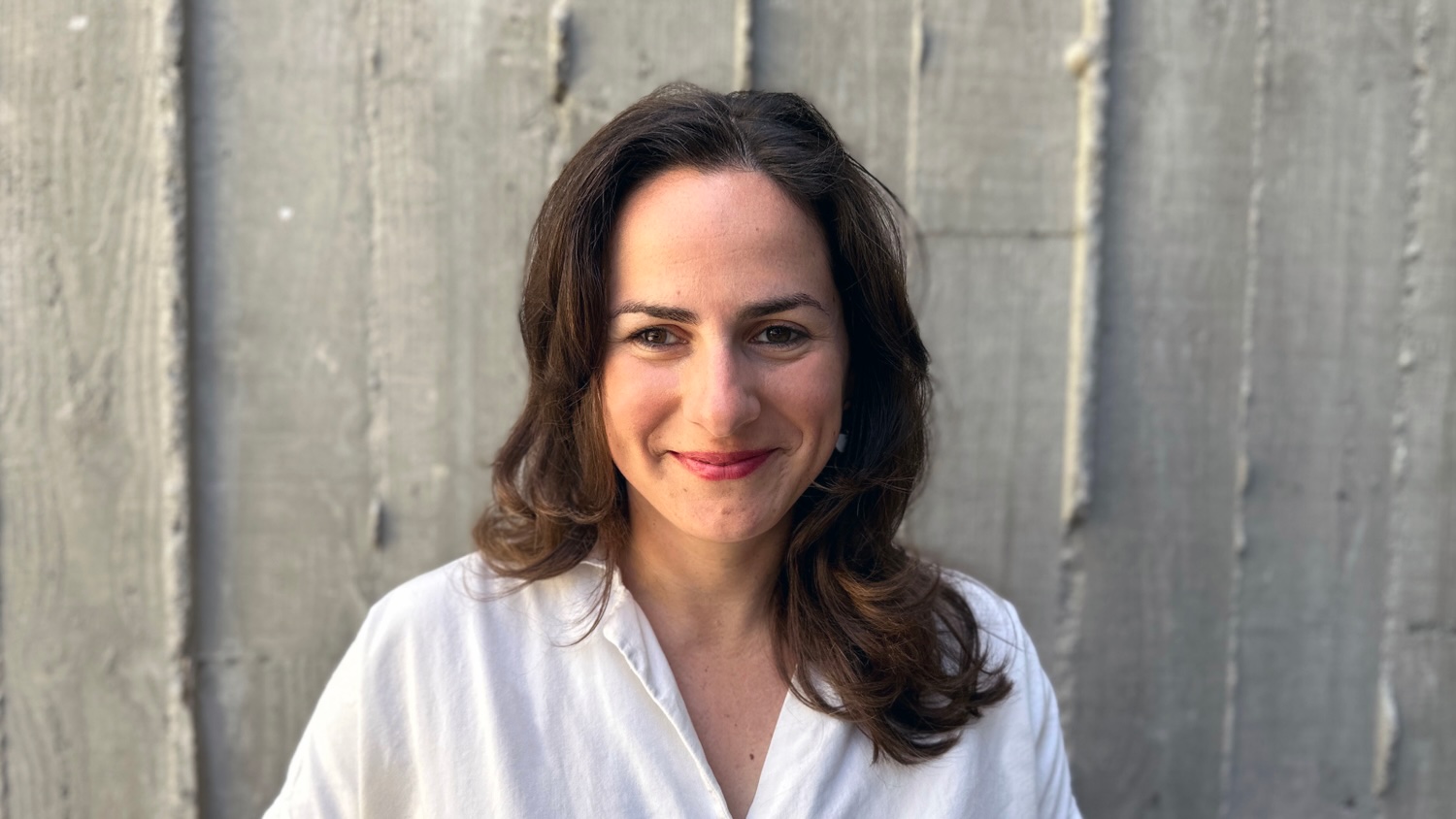
Rachel Gogel is an independent creative director / designer and queer advocate whose career spans The New York Times, Airbnb and Meta. Blending deep industry experience with a passion for equity, she helps global organisations design digital experiences that amplify marginalised voices and challenge structural inequality. In this exclusive Q&A for Campaign Brief, Gogel – who will bring her expertise to The Design Conference (18–20 June 2025 at Brisbane Powerhouse) – shares how her perspective on equity has evolved, why the fractional leadership model matters more than ever, and what it really takes to reshape tech culture from the inside out.
How has your perspective on inclusion in design evolved throughout your career?
Rachel Gogel: My understanding of inclusion in design has deepened significantly as I’ve moved from individual contributor to creative leader to independent consultant, but honestly, I’ve always cared about people and processes—which I think is why I found success early in my career. I have an operational mindset and love designing how people work, not just focusing on final outputs. Building strong teams with strong cultures has always been important to me because the final output always benefits.
Even when I joined GQ in my first leadership role, I was drawn to what I call the 4Cs: coaching, craft, culture, and collaboration. This continued when I became founding creative director for T Brand Studio at The New York Times, where I built the first-ever creative department from the ground up. The real acceleration happened at Meta, where the type of work—designing visual systems at massive scale—and the fast-paced tech culture pushed me to consider so many aspects simultaneously. That experience uniquely positioned me when I joined Godfrey Dadich Partners with a different mindset, and later to launch my own business after seeing the differences and nuances of companies at various stages. Having worked both in-house and agency-side gave me a unique perspective on how different organizational structures impact creative culture and inclusion.
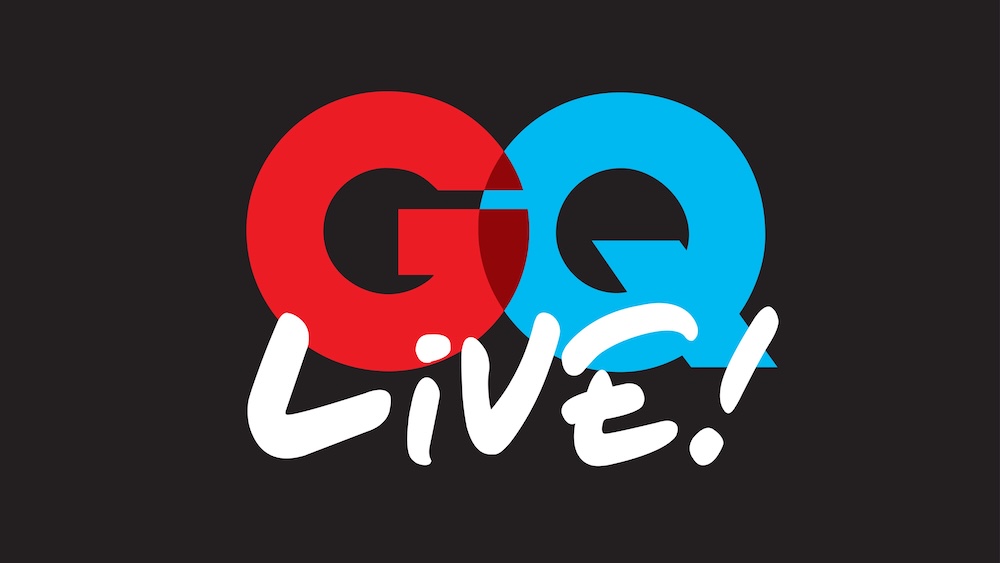
Perhaps most importantly, I’ve learned that there’s a fundamental difference between designing ‘for everyone’ and designing ‘with everyone.’ The former assumes we can anticipate needs from the outside; the latter recognizes that the communities we’re designing for should be active partners in the process, not just end users we’re trying to serve.
As a queer leader in design, I bring lived experience of what it means to be marginalized in professional spaces. This perspective has made me more attuned to the subtle ways exclusion happens—and more committed to creating environments where authentic voices can thrive.
Growing up in Paris and then working across major media, publishing, and tech companies gave me a unique lens on cultural differences and the importance of diverse viewpoints. At Facebook, working on products and cultural initiatives for 2 billion users (at the time), you quickly realize that your own perspective—no matter how well-intentioned—can’t possibly represent the full spectrum of human experience.
What’s evolved most is my understanding that inclusion isn’t just about the end product; it’s about the entire ecosystem. It’s about creating pathways for marginalized voices to advance their careers, building supportive networks, and ensuring that when we say “design with everyone,” we actually mean it.
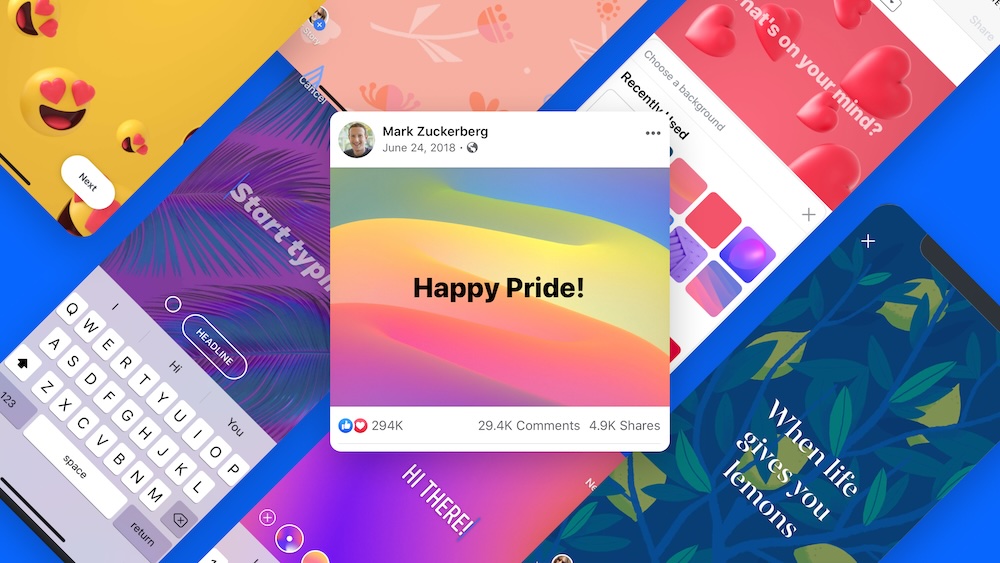
Can you share an example where inclusive design created a meaningful impact?
RG: One project that stands out is my work with Chicken & Egg Films, a nonprofit championing women and gender-expansive documentary filmmakers. When they approached us after receiving a new brand identity from Pentagram, I collaborated with my friend Shawn Sprockett and MOM Design to translate their vision digitally.
We kicked off the engagement by co-writing Team Agreements between the client and us as the hired partners. This process helped ground us and connect us from the very beginning, creating a respectful exchange that honored everyone’s expertise and perspectives.
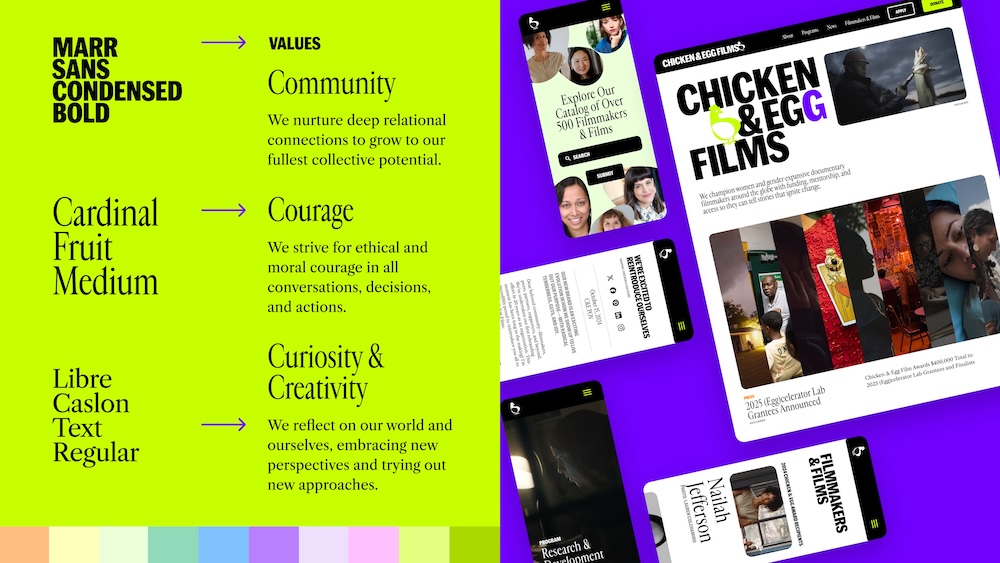
What made this meaningful wasn’t just the design output, but how we approached the process. We ensured the team working on it reflected the values of the organization—queer voices, women-led collaboration, and a deep understanding of the challenges facing underrepresented filmmakers. The result was a digital presence that authentically represented their mission and made their resources more accessible to the communities they serve.
This project exemplifies how inclusive design isn’t just about making things accessible—it’s about ensuring the entire creative process reflects the values we want to see in the world.
What are some of the biggest systemic challenges marginalised designers face in the tech industry today?
RG: The challenges are multifaceted and persistent. While I’m more familiar with stats about the design industry broadly than tech specifically, the patterns are telling. First, there’s the pipeline issue—while women make up over half the design industry, we still see massive underrepresentation at leadership levels. Only 29% of creative director positions are held by women, and the numbers are even smaller for people of color and LGBTQ+ individuals.
As a queer design leader, I’ve experienced firsthand how intersection of identities compounds these challenges. Running a queer-owned solo design consultancy provides visible representation and demonstrates alternative paths to success for other LGBTQ+ and underserved creatives who may not see themselves reflected in traditional corporate leadership.
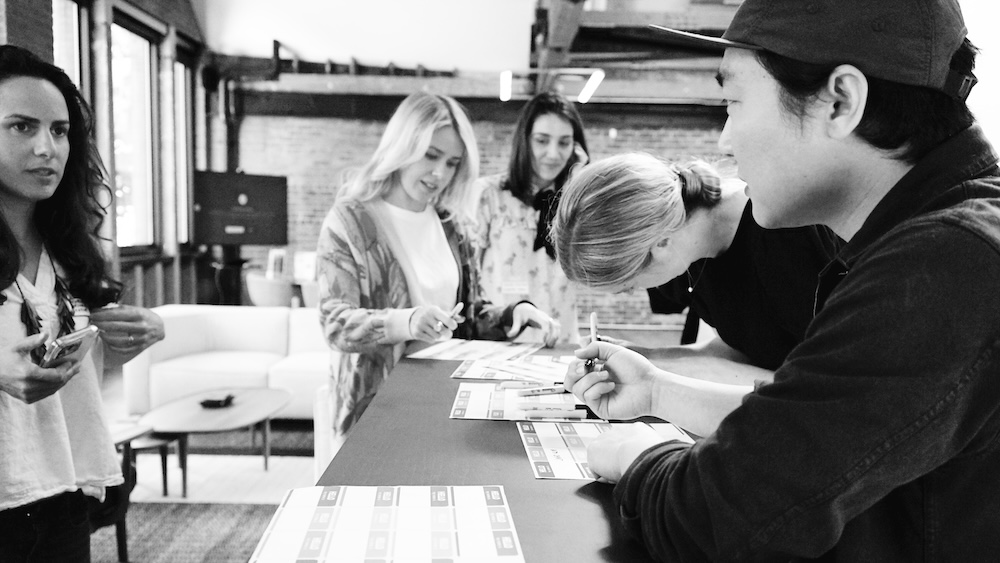
But it goes deeper than representation. There’s the financial reality—marginalized designers often face pay disparity, are challenged more aggressively during salary negotiations, and receive comments about being “too expensive” from clients in ways their male counterparts don’t experience. Personally, I try to address it through initiatives like my “Contractor Wrapped” series or through my recent Creative Boom interview, where I publicly share my revenue breakdowns to help others benchmark their worth.
Perhaps most insidiously, there’s the psychological barrier. As I’ve heard, 70% of young female creatives have never worked under a female creative director. You can’t be what you can’t see. This creates a cycle where marginalized voices don’t see leadership as achievable, which perpetuates the homogeneity at the top.
How do you advocate for underrepresented voices as an independent consultant?
RG: Independence has actually amplified my ability to advocate. As a fractional leader, I’m often brought in during transitional periods or to build teams from scratch, which gives me direct influence over hiring and team structure. I actively seek out diverse talent and create pathways for advancement.
What’s particularly powerful about the fractional model is that it allows companies to bring senior-level expertise to organizations that might not otherwise be able to afford it full-time. As fractional executive Amanda Schwartz Ramirez notes in a recently published First Round hiring guide, you can “‘rent’ senior talent that you otherwise may not be able to hire full-time, for a fraction of their time and cost.” This democratizes access to experienced leadership, especially for women-founded ventures and purpose-driven organizations.
But advocacy goes beyond hiring. I use my platform—whether through speaking engagements, mentorship relationships, my published writing, or my teaching at California College of the Arts—to share transparent insights about compensation, career navigation, and the realities of building a sustainable creative practice.
I also deliberately choose to work with women-founded ventures like A Space, In Between (ASIB) and Acora. With ASIB, I designed the brand identity for a revolutionary slow fashion brand crafting luxury plus-size clothing, embodying values of inclusivity, sustainability, and Japanese craftspersonship. I’ve also forged a meaningful partnership with Acora, a women-founded consultancy that partners with nonprofits, philanthropists, brands, and founders seeking purpose-driven solutions. After initially connecting with them through my work on Krista Tippett’s On Being Project (via Fraîche Design Thinking) in spring 2024, I was hired directly by Acora advisors to translate their brand expression through a Squarespace site and develop updated pitch materials, helping them more effectively convey their mission through visual storytelling.
By putting my expertise behind purpose-driven organizations, I’m not just advocating with words—I’m investing my time and skills in creating the change I want to see.
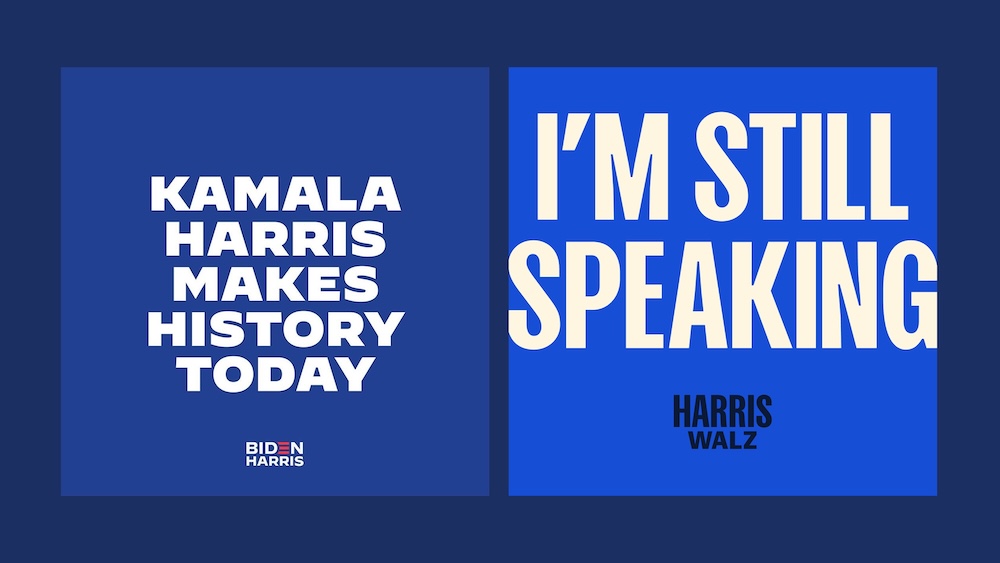
What role does mentorship and representation play?
RG: Representation and mentorship are absolutely critical. Through platforms like ADPList, Talk To A Creative Director, AIGA NY, and my role as former AIGA SF Women in Leadership & Design chair (2021–24), I’ve witnessed firsthand how transformative it can be when someone sees a path forward. I’m also grateful for being part of Neol, Queer Design Club, the FIDO Directory, Doing Cool Stuff, Design by Women, and Women Talk Design in order to increase my personal brand’s visibility and have a growing presence internationally.
Many of my mentorship conversations revolve around my business model and the fractional leadership path—people are hungry to see alternative routes to success. When marginalized voices see someone who looks like them or shares their experience building something sustainable, profitable, and meaningful, it shifts what they believe is possible.
But mentorship isn’t just about career advice. It’s about creating what I’ve heard referred to as ‘wisdom circles’—small, trusted groups where we can share work in progress, offer honest feedback, and discuss the unique challenges we face. This peer-to-peer support is essential because while we may work for ourselves, we’re not alone.
How do we ensure equity doesn’t fall by the wayside when prioritising speed and scale?
RG: This is one of the most critical challenges in tech today. The “move fast and break things” mentality often breaks equity first. But I’ve learned that inclusive practices don’t slow you down—they make you more efficient and effective. And it’s just good business and the right thing to do.
The fractional leadership model actually supports this approach beautifully. As Amanda Schwartz Ramirez points out, fractional executives can help you “avoid detours and take a straighter path” toward product-market fit. Rather than hiring the wrong full-time leader and dealing with costly mishires, you can test leadership models and build inclusive foundations without long-term commitments. To learn more about the benefits of fractional leadership, you can read more on my website.
Living in San Francisco, I’m witnessing the AI boom firsthand, and it’s a perfect example of how we need to embed equity from the start. AI has incredible potential to democratize access to tools and knowledge, but it also has an invisible environmental impact that we’re not talking about enough. The energy consumption required for AI training and deployment is massive, yet it’s largely hidden from users. As designers and leaders, we have a responsibility to make these costs visible and advocate for more sustainable approaches.
In my own practice, I’ve embraced AI tools like Claude as thought partners that can amplify creativity when used with conscious prompting. The key is approaching these technologies as extensions of ourselves rather than replacements, using them to surface patterns and insights while maintaining our critical thinking about their broader implications.
At Airbnb, during my recent creative director maternity coverage role, we were building the Merchandising workstream from scratch for two entirely new lines of business (Airbnb Experiences and Airbnb Services). Instead of rushing to solutions, we built equity into our foundation by establishing gold standards for visual and verbal storytelling that considered diverse perspectives and potential edge cases from the start. This upfront investment in inclusive thinking actually accelerated our later work because we weren’t constantly backtracking to fix oversights.
The key is reframing equity not as an add-on or checkbox, but as a core design principle that improves outcomes. When you have diverse perspectives in the room from day one, you catch problems early, understand user needs more deeply, and create solutions that work for broader audiences.
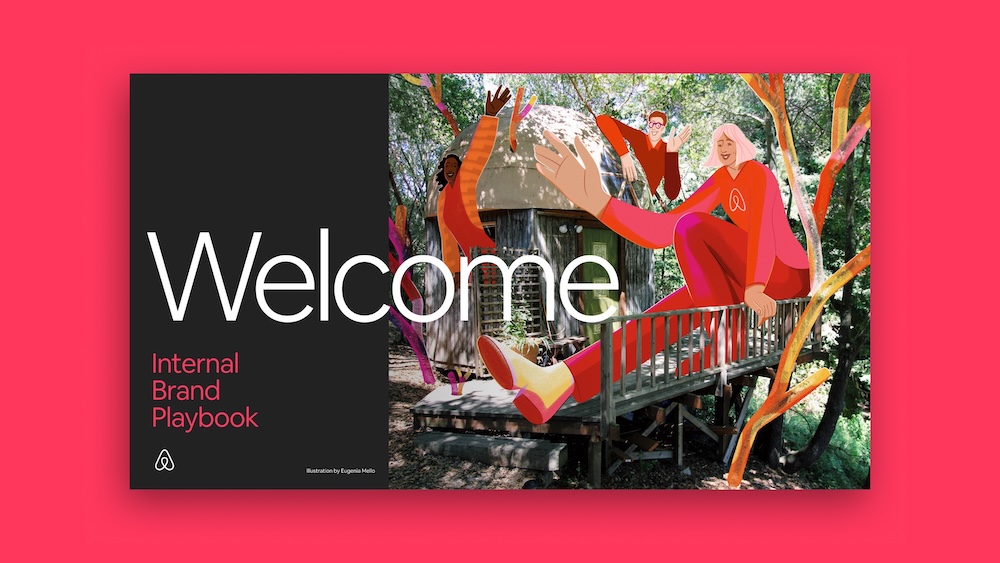
What practical steps can leaders take to build more equitable systems?
RG: Start with your team composition. If your design team doesn’t reflect the diversity of the community you’re serving, you’re already behind. But representation alone isn’t enough—you need to create psychological safety where different perspectives are not just welcomed but actively sought out.
The fractional model can actually accelerate this process. Rather than making costly full-time hiring mistakes, you can bring in fractional leaders to help diagnose what specific expertise you need, test different leadership approaches, and build more thoughtful hiring processes. As the First Round article notes, fractional executives can help you “figure out who and what you’ll need to seed a new function or team before making the mistake of over- or under-investing.”
Implement transparent compensation practices. The wage gap persists partly because salary information is often shrouded in secrecy. By being open about compensation bands and career progression criteria, you create accountability.
Build accessibility and ethical standards into your process from the beginning, not as an afterthought. Consider the implications of every creative decision—from the people you portray to the language you use to the cultural references you make.
Finally, measure what matters. If equity isn’t part of your success metrics, it will always be deprioritized when deadlines loom.
How has working with women-led organisations shaped your vision for inclusive design?
RG: Working with organizations like Chicken & Egg Films, A Space, In Between, and Acora has reinforced my belief that purpose-driven design creates better outcomes for everyone. These organizations don’t treat inclusion as a nice-to-have—it’s fundamental to their mission and success.
What I’ve learned is that when you start with values-driven leadership, the design naturally becomes more inclusive. When the leadership team understands lived experiences of marginalization, they make different decisions about priorities, processes, and outcomes.
These collaborations have also shown me the power of building businesses on your own terms. Each of these organizations chose to prioritize impact over traditional growth metrics, and they’re creating meaningful change while building sustainable enterprises.
What advice would you give to design professionals looking to reshape tech culture?
RG: Start where you are, with what you have. You don’t need to be a C-level executive to influence culture—some of the most meaningful change happens at the team level. Push for diverse perspectives in every project kickoff, advocate for accessibility from the beginning rather than as an afterthought, and speak up when you see exclusionary practices.
Use data to make your case. Tech responds to metrics, so document the business impact of inclusive design. Track how diverse teams perform, measure accessibility improvements, and quantify user satisfaction when you design with marginalized communities rather than just for them.
Build coalitions within your organization. Find allies across functions—product managers who care about user research, engineers who understand accessibility, executives who recognize the business value of inclusive design practices. Change happens faster when it’s not just designers pushing for it.
The fractional model can actually be a tool for internal change too. Advocate for bringing in fractional leaders who can introduce new perspectives and challenge existing practices without the political baggage of permanent hires. As Amanda Schwartz Ramirez notes, fractional executives can bring “objective perspectives to longstanding internal problems.”
Finally, remember that reshaping culture is a marathon, not a sprint. Celebrate small wins, document progress, and don’t underestimate the power of modeling the inclusive behaviors you want to see. Every time you center equity in a design decision or amplify a marginalized voice in a meeting, you’re shifting culture one interaction at a time.
The goal isn’t to wait for permission—it’s to create change from wherever you sit in the organization.
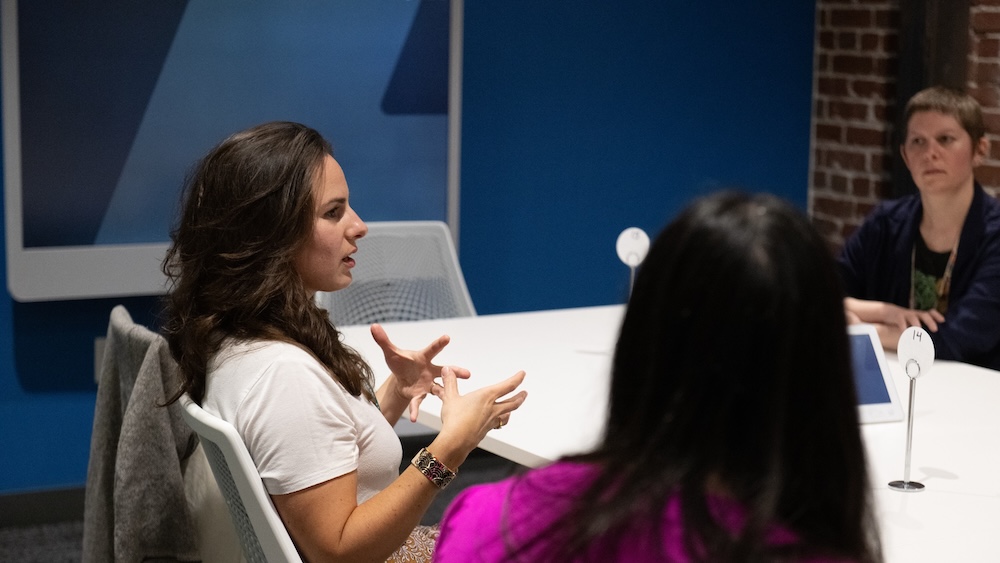
What message do you hope resonates with the Australian design community?
RG: I want the Australian design community to know that you’re part of a global movement of creative professionals who are redefining what success looks like. The old models—where bigger was always better, where you had to choose between meaningful work and financial stability—are being challenged by people who decided to design their careers on their own terms.
Whether you’re working within established structures or forging your own path, you have the power to create more equitable, inclusive, and sustainable ways of working. The future of design isn’t just about the work we create—it’s about how we create it, who gets to be in the room, and what values we embed in our processes.
While DEI as an acronym is currently being weaponized in some contexts, I believe organizations still deeply care about what those words actually represent: diversity, equity, and inclusion. I’d argue that justice should be part of that conversation too. One of my previous employers actually used JEDI as a term instead of DEI, which I loved—Justice, Equity, Diversity, and Inclusion. Because ultimately, that’s what we’re working toward: just and equitable systems that include everyone.
Your voice matters. Your perspective is valuable. And the change you want to see in the industry starts with the choices you make every day. We’re building this future together, one decision, one project, one collaboration at a time.
If you want to see and hear more from Rachel Gogel, don’t miss out on her talk and workshop at this year’s The Design Conference.
Talk: The Age Of (Personal) Agency Is Upon Us with Rachel Gogel
When: 2:30pm, Friday 20 June
Where: Main Auditorium
For more information, click here.
Workshop: The Rise of Fractional Design Leadership with Rachel Gogel
When: 4pm, Friday, 20 June
Where: Rooftop Terrace
For more information, click here.
Tickets for The Design Conference 2025 are on sale now with single-day, three-day and global streaming passes available.
To view the full program – including speaker details, workshops, and masterclasses – and to secure your ticket, visit thedesignconference.com.au.
The Design Conference
When: 18 – 20 June 2025
Where: Brisbane Powerhouse
Tickets & Info: thedesignconference.com.au
